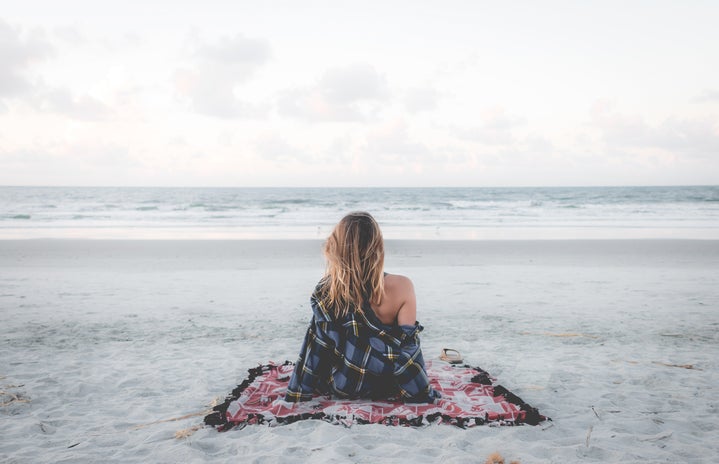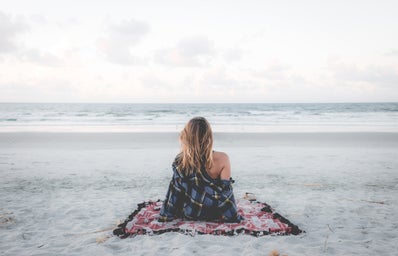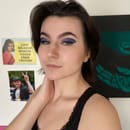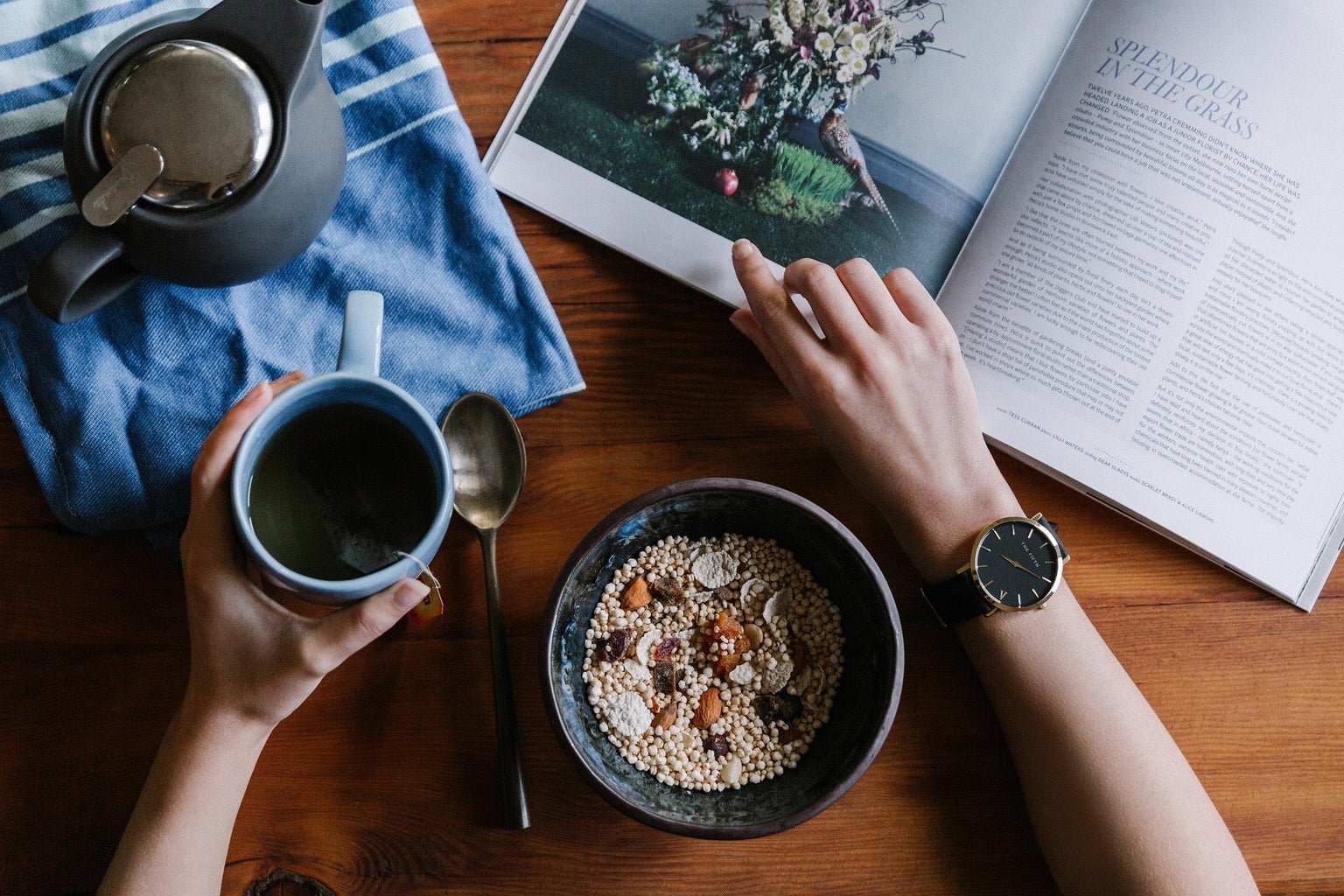Her Campus at U Ottawa acknowledges that we are located on the stolen and unsurrendered land of the Algonquin people.
During the pandemic, my phone usage truly became the worst it’s ever been. With all the extra time on my hands and the need for connection, I often turned to my phone for entertainment and consolation. At first, this was fine and I felt mostly alright, but over time, it started to eat me up alive.
I thought I knew well that social media put too much value on appearances. I knew that too much time spent on it could create insecurities, but I never fully experienced these negative side effects to the extreme that I did during the first year of the pandemic.
I mostly spent time on TikTok, Instagram, and Pinterest. Some of the time, I looked at art or inspiration for room decor. But most of the time, my consumption focused on looking at pretty women. At first, I really liked it. I loved seeing how other people presented themselves and chose to rearrange their hair and makeup, or how they expressed themselves through their clothing. I quickly became enamoured with the idea of changing myself to look more like the girls I saw online. What started as an innocent curiosity and excitement to experiment with my own appearance quickly took over and turned into something else. I spent most of my time making boards and collections of people I wanted to look like. I had folders for specific aesthetics and looks I wanted to embody. I wanted to be cooler, chicer, and prettier. The idea of becoming a better version of myself became too enticing and I quickly became addicted to the act of planning the “ideal version” of myself.
I’ve observed that this concept of being your “best self” has dominated social media over the past few years. For example, the “clean girl” aesthetic encourages self-improvement through a series of radical self-care acts, and new-age hippies claim that you must constantly envision your highest self, meditate, and manifest to transform into your new self. These aesthetics seem enticing at first. They promised those who followed their rules and fit into their boxes their true self.
I fell for this trap. I thought that surely I could become the gals I saw through my phone, and all I needed to do was work on myself. I needed to drink my collagen, eat my vitamins, meditate, do my yoga, do my pilates, go on my hot girl walks, read books, drink bone broth, heal my gut, oil my hair, do the 3×33 method, massage my face, eat spirulina, drink my water, dry brush my body, radiate positivity, and envision my highest self. I wasted countless sums of money buying things I thought would show me what I wanted to be. I spent days locked in my room reading self-help books and analyzing and dissecting my behaviour to a level of distinct perfection, thinking that somehow if I managed to do this I would be perfect.
But nothing came of it. The further I went into this rabbit hole, the more miserable I became. Getting up felt like a death sentence as I had a never-ending list of self-improvement tasks to accomplish before all of my other daily tasks and responsibilities. I became paralyzed. Not seeing enough results in myself, I ended up filling most of my time just looking at the people I wanted to be like. I would spend countless hours online hoping that the more time I spent looking at and observing the people I aspired to be like, the more their beauty and perfection would rub off on me. I took so many screenshots of women I considered perfect, I wrote down their recommendations for books and podcasts, and I saved their favourite health foods.
Constantly surrounded by what I was led to believe was perfection seemed to only underline my imperfection. I was quickly only able to see flaws in myself: my combination skin, the fat on my belly, my mismatched bedsheets, and my messy breakfasts. All these things indicated that I was not like the perfect people I saw online, and now the idea of ever being one seemed impossible for me. I tried everything, and still wasn’t a better person for it. I was only a martyr of the person I used to be.
At some point, I had to confront my obsession and think about what it was doing to me. I had to cut myself off from social media as it was ruining and controlling every aspect of my life. I spent more time around my family and more time looking at old pictures of myself instead of strangers online. I noticed the sweet way I smiled as a kid, the way my eyes lit up in pictures where I was painting, and the way I glowed when I was captured running in the grass. It slowly dawned on me that I was indeed beautiful, cool, funny, and a person worth being. I didn’t need to move further away from the person I was to become “better”—I needed to go back and be more of who I was.
I needed to be messy and eat weird things at weird times; I needed to finger paint; I needed to spend more time with my family; I needed to laugh more; and I needed to wear mismatched socks and lay down in the grass. I needed to just appreciate who I am and spend more time being there with myself rather than frantically trying to be someone else. I didn’t need to become myself; I just needed to be myself. I was the prettiest and loveliest in this state without any powdered supplements or acrobatic exercises.
I’m still trying to figure out how to get back to doing the things I loved, and figuring out what being myself means to me. Some days, I feel like I understand exactly who I am and what I like, and other days, it feels more muddled and cloudy. I think the beauty of just being myself is trying to accept that I will never be perfect. I will never look like the girls on Pinterest, I will never have a sparkling clean room, and I will never have skin without pimples. That’s just life; it’s not at all what is shown online. In life, things happen, and stuff gets messy and rowdy. I’ve come to discover that understanding and coming to terms with that imperfection, especially in myself, is quite beautiful.



